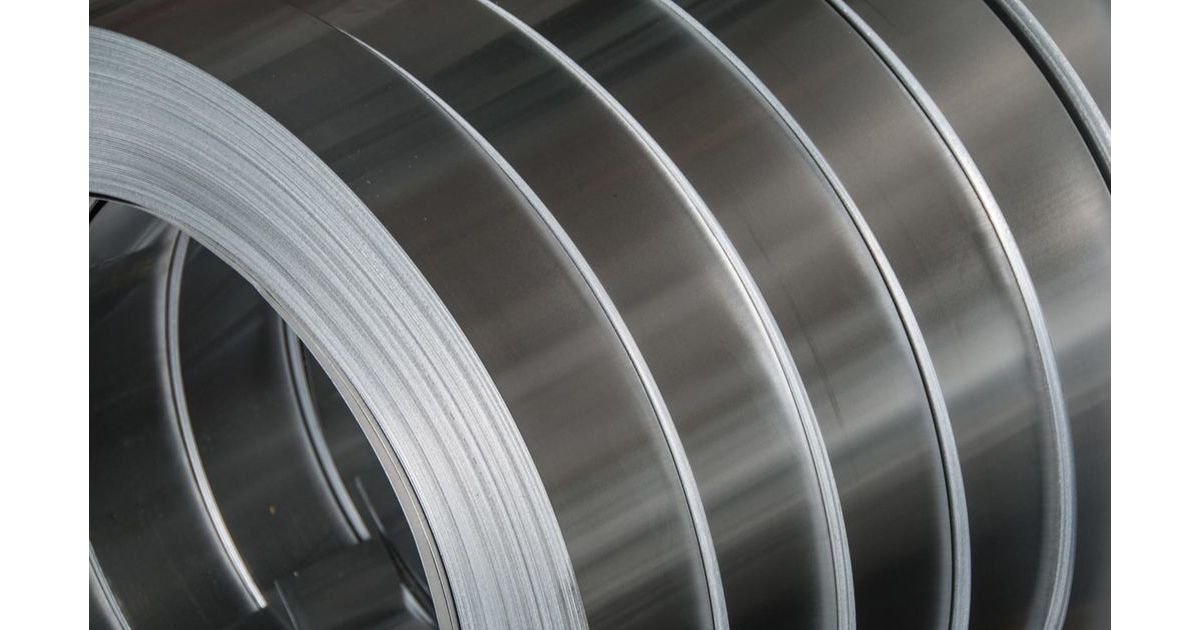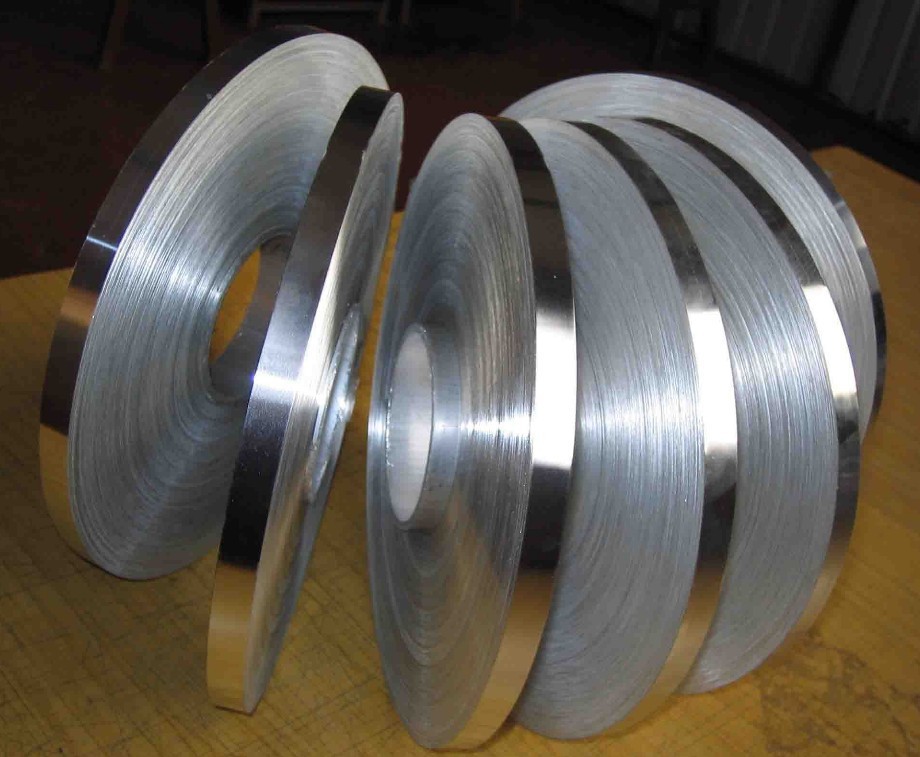Stainless steel strip is a highly versatile material that is popular in a wide range of applications. From construction and automotive to medical and aerospace industries, stainless steel strip offers exceptional strength, durability, and corrosion resistance. In this article, we will explore the various properties of stainless steel strip, its manufacturing process, and its applications in different industries. Whether you are a designer, engineer, or manufacturer, this article will help you understand the benefits of using stainless steel strip for your next project.
Introduction:
The stainless steel strip is a narrow, flat, and thin material that is used in various industries for its exceptional mechanical properties. It is a type of stainless steel alloy that contains chromium, nickel, and other elements that enhance its strength, durability, and corrosion resistance. The stainless steel strip is made by cold-rolling or hot-rolling stainless steel sheets or coils to the desired thickness. Its width can range from a few millimeters to several hundred millimeters, and its thickness can vary from a few microns to several millimeters.
Properties of Stainless Steel Strip:
Stainless steel strip exhibits several properties that make it a preferred material in different industries. It has excellent corrosion resistance, which means it can withstand harsh environments and exposure to chemicals, acids, and bases. It also has high strength and ductility, which makes it easy to form, bend, and shape into different configurations. Additionally, it has a high melting point, which makes it suitable for high-temperature applications.
Manufacturing Process:
The manufacturing process of the strip is using two main processes: cold-rolling and hot-rolling. Cold-rolling involves passing a stainless steel sheet or coil through a series of rollers at room temperature to achieve the desired thickness. This process can produce stainless steel strips with a smooth surface finish and precise dimensions. Hot rolling, on the other hand, involves heating the stainless steel sheets or coils to high temperatures and then passing them through rollers to achieve the desired thickness. This process can produce stainless steel strips with a rougher surface finish but higher strength.
Applications of Stainless Steel Strip:
The strip using in various industries for different applications. In the construction industry, it is used for roofing, cladding, and structural applications because of its high strength and corrosion resistance. In the automotive industry, it is useful for exhaust systems, fuel tanks. And structural components because of their high-temperature resistance and durability. Additionally, it is famous for surgical instruments, implants, and medical equipment because of its biocompatibility and corrosion resistance. In the aerospace industry, it is popular for aircraft components. Such as fuel tanks, landing gear, and structural parts because of their high strength-to-weight ratio and corrosion resistance.
Conclusion:
In conclusion, the stainless steel strip is a highly versatile material that offers exceptional strength, durability, and corrosion resistance. Its properties make it suitable for a wide range of applications in different industries, including construction, automotive, medical, and aerospace. Whether you are a designer, engineer, or manufacturer, stainless steel strips can help you achieve your project goals. By understanding its properties, manufacturing process, and applications. You can make an informed decision about using stainless steel strips for your next project.


